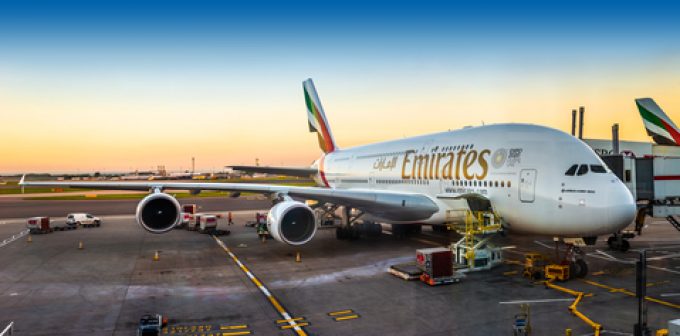Schedule reliability on the rise despite European port congestion
Despite ongoing reports and warnings of worsening port congestion levels in North European ports, container ...

Angry air travel passengers are set to be out in force this summer – but they are not alone. There are also increasingly angry airlines.
The summer airport chaos has led to a very public spat between Emirates and Heathrow, in what is likely to be ...

Comment on this article